| Structure | Name/CAS No. | Articles |
|---|---|---|
 |
chloroform-d
CAS:865-49-6 |
|
 |
4-Nitrophenyl phosphate disodium hexahydrate
CAS:333338-18-4 |
|
 |
Hydrogen peroxide
CAS:7722-84-1 |
|
 |
Hydrochloric acid
CAS:7647-01-0 |
|
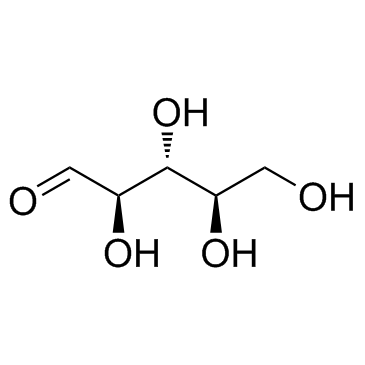 |
D-Ribose
CAS:50-69-1 |
|
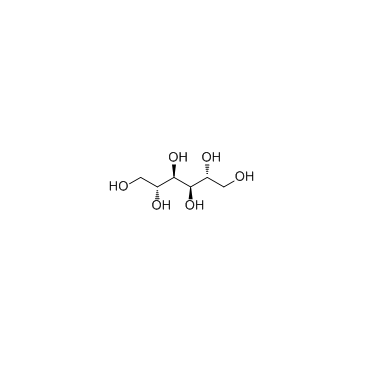 |
D-Mannitol
CAS:69-65-8 |
|
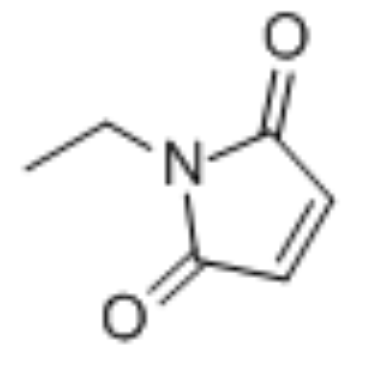 |
N-ethylmaleimide
CAS:128-53-0 |
|
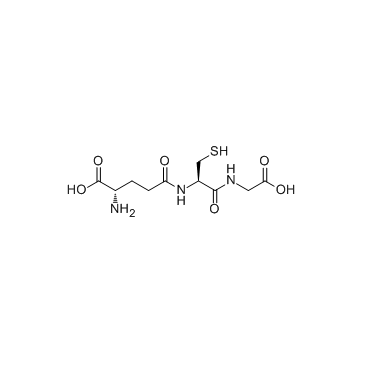 |
Glutathione
CAS:70-18-8 |
|
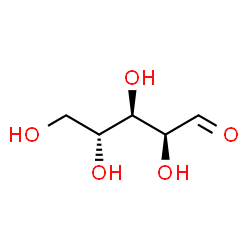 |
Pectinase
CAS:9032-75-1 |